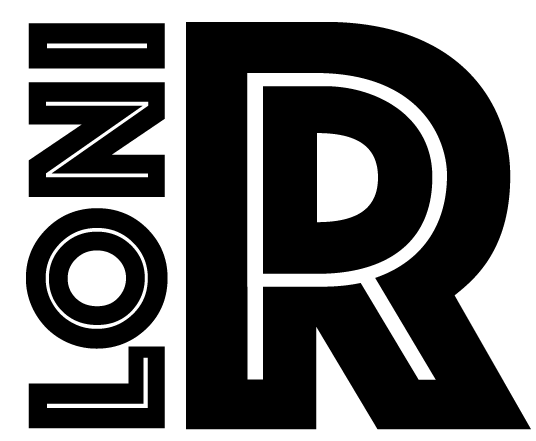(Protocol refers to images in the right hemisphere)
- The middle frontal gyrus (MFG) is part of the frontal lobe. The MFG’s posterior boundary is the precentral sulcus. The MFG extends anteriorly to the brain’s anterior end and curves downward until reaching the temporal lobe. Superiorly, its medial boundary is the superior frontal sulcus, and its lateral boundary is the inferior frontal sulcus. (Fig. 1, Fig. 2, Fig. 4, Fig. 5) Inferiorly, the H-shaped orbital sulcus bounds the MFG both laterally and medially (Fig. 3).
- Masking of the MFG is done in the coronal view. Start at an anterior slice where the superior frontal sulcus, the inferior frontal sulcus and the H-shaped orbital sulcus are well defined and when no ventricles are present. To help find this starting slice, reference a 3D object model and locate any of the aforementioned sulci then click on its location on the 3D object to confirm its location on the corresponding coronal slice. (Fig. 6)
- Once a starting slice is determined, trace the superior frontal sulcus to its internal endpoint and cut straight to the internal end of the H-shaped orbital sulcus’ medial part. Next trace the inferior frontal sulcus to its internal end and cut to the internal end of the H-shaped orbital sulcus’ lateral part. Mask the area between these boundaries. If any boundaries are ambiguous, rely on maintaining a consistent gyrus width. Continue this step moving anteriorly. (Fig. 6, Fig. 7)
- Anteriorly, the MFG’s lateral boundaries disappear and the medial boundaries become less distinct. When the superior frontal sulcus and the medial H-shaped orbital boundary are unclear, reference the previously masked slice to approximate their locations. Once locations are approximated, connect the superior and inferior medial boundaries by drawing a straight line between them. Mask everything between the created medial boundary and the lateral end of the brain. Continue still step until reaching the anterior end of the brain. (Fig. 8, Fig. 9)
- To mask the MFG’s posterior portion, return to the first masked slice. Moving posteriorly, continue to follow step 3 until the ventricles start to emerge. At this point the MFG is masked as two regions. Follow the superior frontal sulcus to its internal end and draw a straight line to the internal end of the inferior frontal sulcus. Mask the area within these boundaries. Next, trace the lateral part of the H-shaped orbital sulcus to its internal end and draw a straight line to the internal end of the medial part of the H-shaped orbital sulcus. Mask the area within these boundaries. Continue this step until the H-shaped orbital sulcus no longer exists. (Fig. 6, Fig. 10, Fig. 11)
- When the MFG meets the temporal lobe, the H-shaped orbital sulcus also ends. This point can be confirmed by clicking on the anterior end of the temporal lobe on the 3D object model and looking at the corresponding coronal slice. When the H-shaped orbital sulcus disappears, the MFG is once again masked as one region. Follow the superior frontal sulcus to its internal end and draw a straight line to the internal end of the inferior frontal sulcus. Mask the area within these boundaries. Continue this step until reaching the precentral sulcus or the precentral gyrus if it has been masked prior to the middle frontal gyrus. (Fig. 12, Fig. 13)



